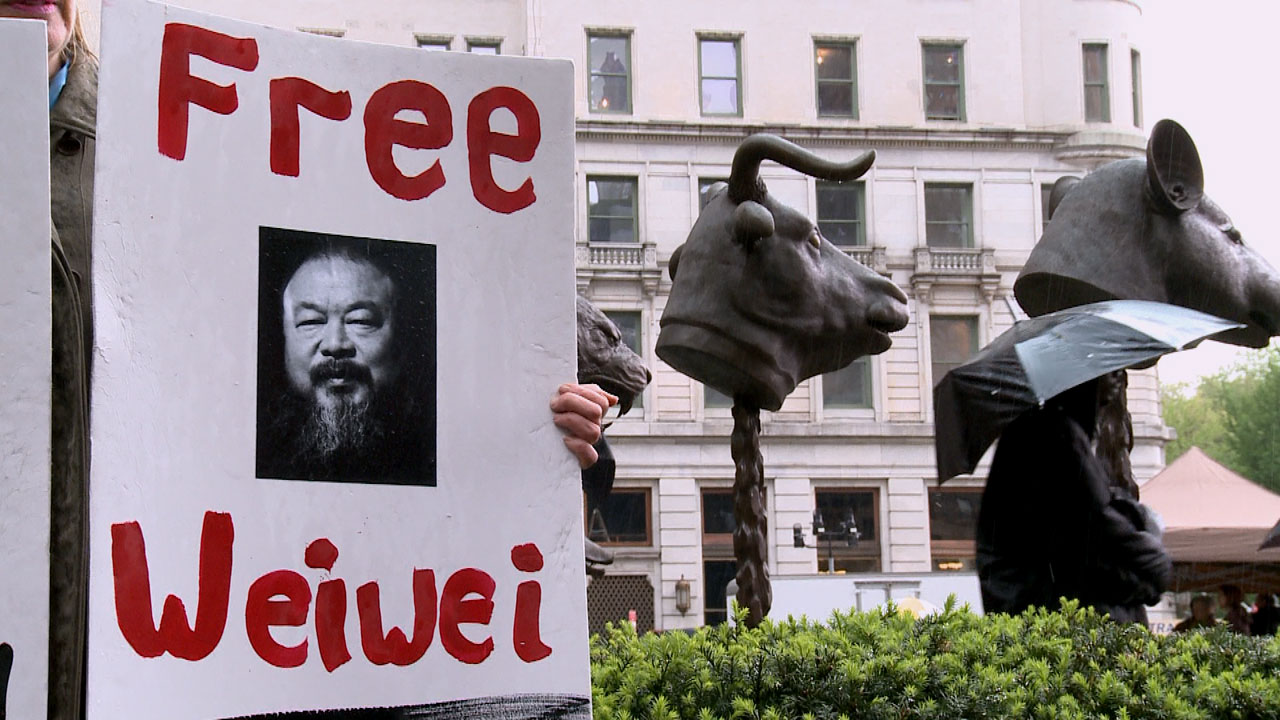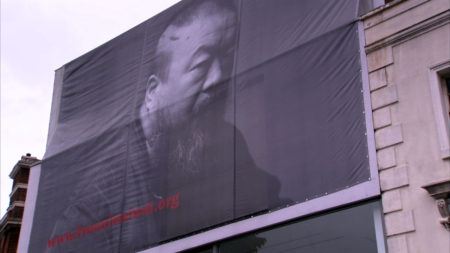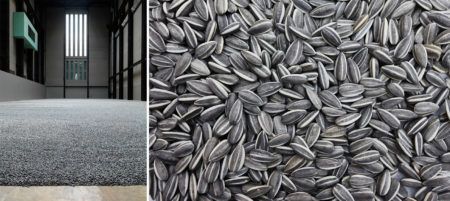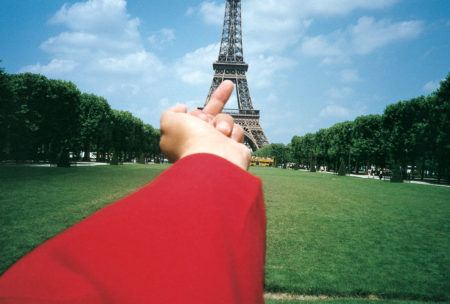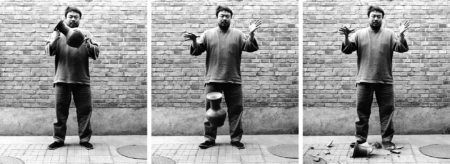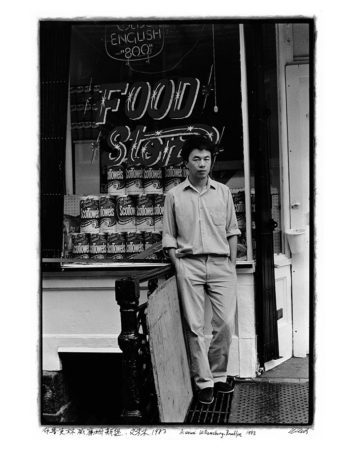Ai Weiwei

Ai Weiwei was born in Beijing, China in 1957. An outspoken human rights activist, Ai was arrested by Chinese authorities in April 2011 and held incommunicado for three months. Upon his release, he was prohibited from traveling abroad, engaging in public speech, and was subjected to continued government surveillance. Ai’s position as a provocateur and dissident artist informs the tenor and reception of much of his recent work.
He infuses his sculptures, photographs, and public artworks with political conviction and personal poetry, often making use of recognizable and historic Chinese art forms in critical examinations of a host of contemporary Chinese political and social issues. In his sculptural works he often uses reclaimed materials—ancient pottery and wood from destroyed temples—in a conceptual gesture that connects tradition with contemporary social concerns. He also employs sarcasm, juxtaposition, and repetition to reinvigorate the potency and symbolism of traditional images and to reframe the familiar with minimal means. A writer and curator, Ai extends his practice across multiple disciplines and through social media to communicate with a global public and to engage fellow artists with projects on a massive scale.
Ai Weiwei attended the Beijing Film Academy and the Parsons School of Design in New York. He has received an honorary doctorate from the Faculty of Politics and Social Science, University of Ghent, Belgium (2010), as well as many awards, including the Skowhegan Medal (2011) and the Chinese Contemporary Art Award (2008). His work has appeared in major exhibitions at Kunsthaus Bregenz (2011); the Victoria & Albert Museum, London (2011); Asia Society Museum, New York (2011); Tate Modern, London (2010); São Paulo Bienal (2010); Haus der Kunst, Munich (2009); Mori Art Museum, Tokyo (2009); and Documenta XII (2007). Ai Weiwei lives and works in Beijing, China.
Links:
@aiww on Twitter

